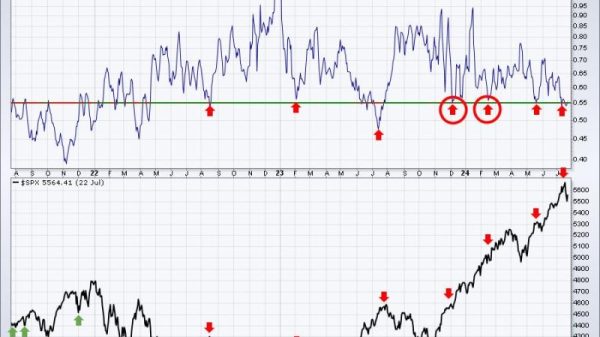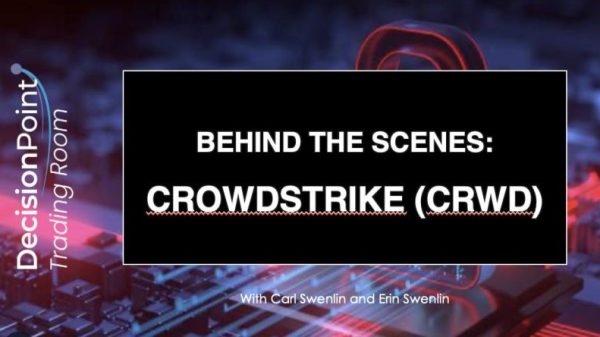1. Choose the Right Time Frame:
When using moving averages on your charts, one of the crucial decisions you need to make is selecting the appropriate time frame. The time frame determines the sensitivity of the moving average to price movements. Shorter time frames like 10-day or 20-day moving averages are more reactive to price changes compared to longer time frames like 50-day or 200-day moving averages. Consider your trading style, risk tolerance, and the asset you are analyzing when deciding on the time frame.
2. Experiment with Different Moving Average Types:
Moving averages come in various forms such as simple moving averages (SMA), exponential moving averages (EMA), weighted moving averages (WMA), and more. Each type of moving average has its advantages and drawbacks. SMAs give equal weight to all data points, while EMAs place more weight on recent data. WMAs assign greater importance to the most recent prices. Experimenting with different types of moving averages can help you find the one that best suits your trading strategy and provides the most accurate signals.
3. Combine Multiple Moving Averages:
Combining multiple moving averages on your charts can provide a clearer picture of trend direction and potential entry or exit points. One common strategy is to use a shorter-term moving average, such as a 10-day or 20-day, along with a longer-term moving average, like a 50-day or 200-day. When the shorter-term moving average crosses above the longer-term moving average, it may signal a bullish trend reversal, known as a golden cross. Conversely, a bearish trend reversal, or death cross, occurs when the shorter-term moving average crosses below the longer-term moving average.
4. Use Moving Averages in Conjunction with Other Technical Indicators:
While moving averages can be effective on their own, combining them with other technical indicators can enhance their predictive power. Common indicators to consider alongside moving averages include relative strength index (RSI), moving average convergence divergence (MACD), and stochastic oscillators. These indicators can help confirm signals generated by moving averages and provide additional insight into market conditions.
By incorporating these strategies into your chart analysis, you can enhance the effectiveness of moving averages and make more informed trading decisions. Remember to adapt these techniques to your unique trading style and preferences to maximize their benefits.





























